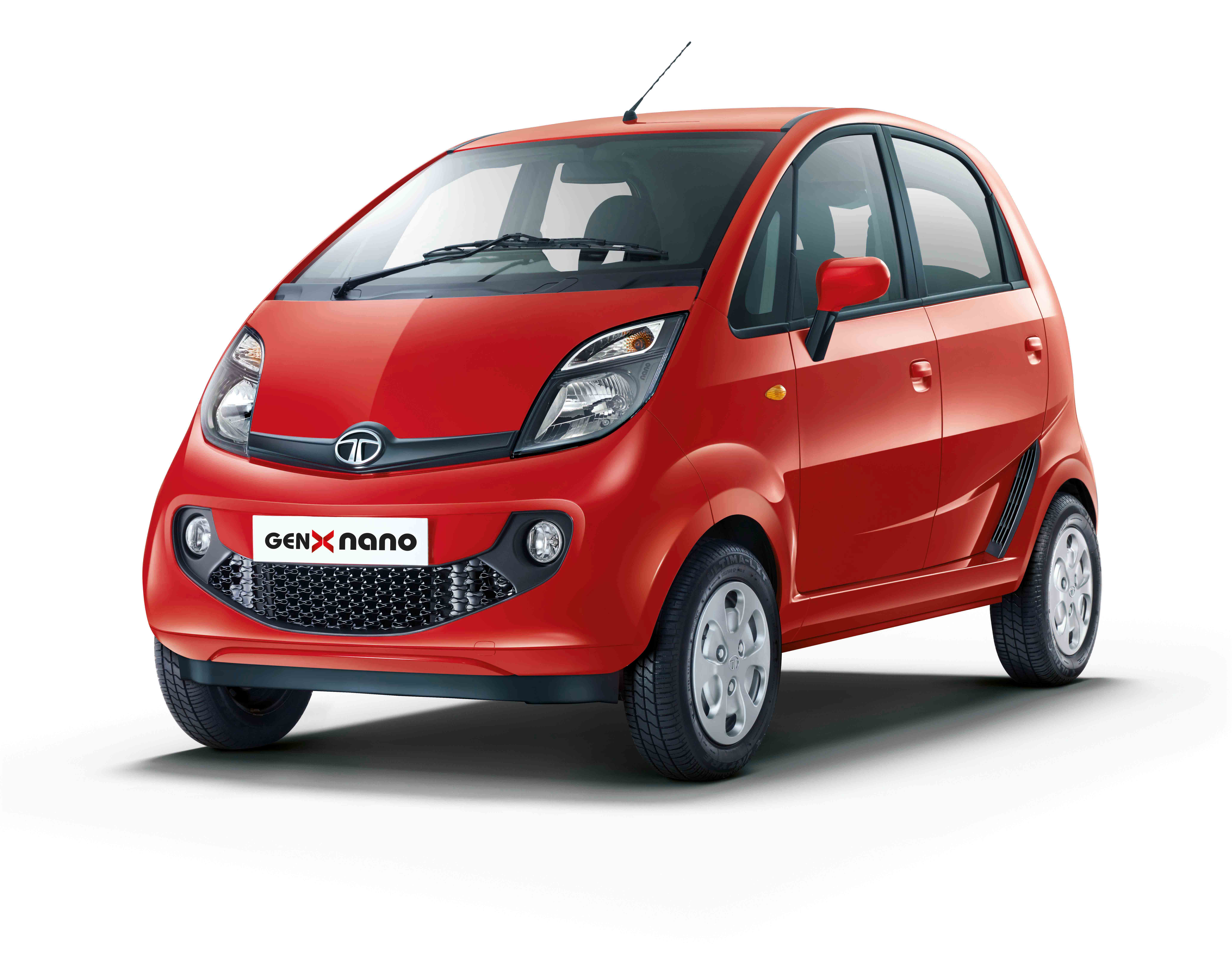
The European low-cost airline EasyJet celebrated 20 years of activity last Tuesday. At the same time, it hit a new profit record with 18% pre-tax increase of profits at the end of September.
Even though profitability in the airline industry is difficult to obtain, EasyJet managed to earn high profits at relatively low prices. Because of its cheap fees, the company revolutionized the flight industry by making flying affordable to almost everyone.
Based on personal experience, however, revolutionary prices not always corresponded to the best customer service. As a result, following its 20 years’ anniversary, EasyJet has finally introduced a loyalty program for frequent flyers who fly more than 20 times a year with the airline. In accordance to the company’s low spending and pricing policy, the reward systems is carried out in a simpler and cheaper way than the one usually provided by airlines. It is based on tickets flexibility, a specialized customer service and exclusive price guarantees.
That is not all. Its 20th anniversary was also an occasion to develop a tighter relationship with the customers. In particular, the firm painted its anniversary aircraft with customers’ favourite pictures of European Vacations with the airline.
EasyJet is finally adding onto its apathetic cheap prices. Yes, cheap prices attract more customers, but loyalty and word of mouth can make the real difference.
Credits
Topham, Gwyn. “EasyJet Launches Loyalty Scheme as Airline Celebrates 20 Years in the Sky.” The Guardian. © 2015 Guardian News and Media Limited, 10 Nov. 2015. Web. 17 Nov. 2015.
Farrell, Sean. “EasyJet Profits Hit Record for Fifth Consecutive Year.” The Guardian. © 2015 Guardian News and Media Limited, 17 Nov. 2015. Web. 17 Nov. 2015.
Thompson, Nigel. “Video – EasyJet Unveils New Aircraft Paint Job.” Mirror. MGN Ltd, 03 Feb. 2015. Web. 17 Nov. 2015.












